
Oak Island is a privately owned island in Lunenburg County on the south shore of Nova Scotia, Canada. The tree-covered island is one of several islands in Mahone Bay, and is connected to the mainland by a causeway. The nearest community is the rural community of Western Shore which faces the island, while the nearest village is Chester. The island is best known for various theories about buried treasure or historical artifacts, and the associated attempts to explore the site.

Pugwash is an incorporated village in Cumberland County, Nova Scotia, Canada, located on the Northumberland Strait at the mouth of the Pugwash River. It had a population of 746 as of the 2021 census. The name Pugwash is derived from the Mi'kmaq word, Pakwesk meaning "a shoal", in reference to a reef near the mouth of the harbour.

Cyrus Stephen Eaton Sr. was a Canadian-American investment banker, businessman and philanthropist, with a career that spanned seventy years.
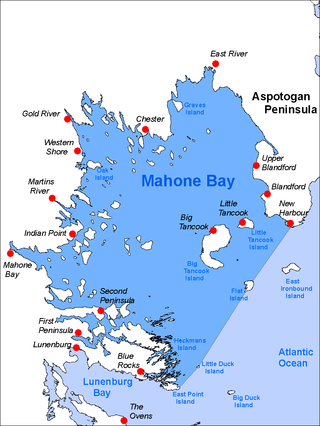
Mahone Bay is a bay on the Atlantic coast of Nova Scotia, Canada along the eastern end of Lunenburg County. The bay has many islands, and is a popular sailing area. Since 2003 the Mahone Islands Conservation Association has been working to protect the natural environment of the bay. The bay and its islands contain a variety of habitats including forests, rocky shores, beaches, wetlands, and mudflats. Wildlife in the area include black guillemots, eagles, osprey, leach's storm petrels, puffins, razorbills, and great blue herons.
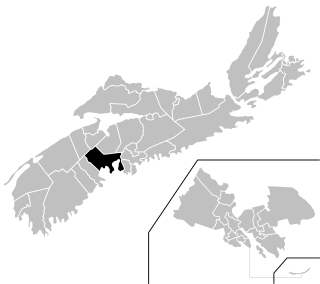
Chester—St. Margaret's is a provincial electoral district in Nova Scotia, Canada, that elects one member of the Nova Scotia House of Assembly. It is located on the South Shore.
The Aspotogan Peninsula is a peninsula in the eastern part of Lunenburg County, Nova Scotia, separating St. Margarets Bay in the east from Mahone Bay in the west. The peninsula was originally settled by second generation French immigrants on the east side and by second generation German immigrants on the west side. Traditionally fishing was a major industry for communities throughout the peninsula, however other primary industries such as farming and forestry were historically important as well. Shipping and shipbuilding were secondary and tertiary industries that also came into prominence during the 19th and early 20th centuries.
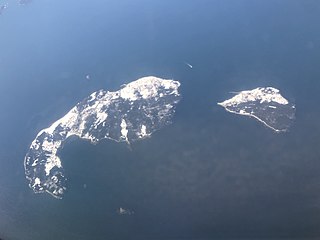
Big Tancook Island is the largest of many islands in Mahone Bay, Nova Scotia. It measures approximately 4 km (2.5 mi) by 1.6 km (1.0 mi) forming roughly a "C" shape. Its area is 550 acres (2.2 km2) and has a rocky shoreline with open fields and softwood forest dotted by ponds, residential properties and fish stores. It is separated from nearby Little Tancook Island to the east by a 1 km (0.6 mi) wide strait called "The Chops". Big Tancook Island is approximately 4 km (2.5 mi) from Sandy Cove Point on the Aspotogan Peninsula - the nearest point on the mainland. Wildlife populations are limited to deer, muskrats, snakes, and pheasants, and a great variety of birds.

The Diocese of Nova Scotia and Prince Edward Island is a diocese of the Ecclesiastical Province of Canada of the Anglican Church of Canada. It encompasses the provinces of Nova Scotia and Prince Edward Island and has two cathedrals: All Saints' in Halifax and St. Peter's in Charlottetown. Its de facto see city is Halifax, and its roughly 24 400 Anglicans distributed in 239 congregations are served by approximately 153 clergy and 330 lay readers according to the last available data. According to the 2001 census, 120,315 Nova Scotians identified themselves as Anglicans, while 6525 Prince Edward Islanders did the same.

The South Shore Regional Centre for Education (SSRCE) is the public school board responsible for the administration of elementary, junior high, and high school education in Lunenburg County and Queens County in Nova Scotia, Canada. The South Shore Regional Centre for Education was established on August 1, 2004 by an Act of the provincial legislature.
The Lighthouse Route is a scenic roadway in the Canadian province of Nova Scotia. It follows the province's South Shore for 585 km (364 mi) from Halifax to Yarmouth.
Route 329 is a collector road in the Canadian province of Nova Scotia.
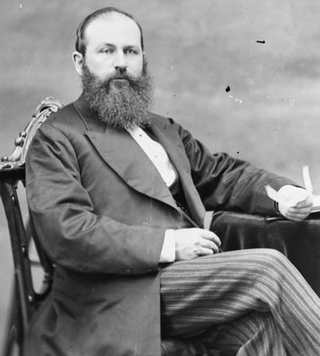
Charles Edward Church was a Canadian politician.
Forest Heights Community School is a high school located in Chester Basin, Nova Scotia, Canada. Servicing students and families from eastern Lunenburg County, it is a member school of the South Shore Regional School Board.

Bayswater is a community in the Canadian province of Nova Scotia, located in the Chester Municipal District on the Aspotogan Peninsula in Lunenburg County on the Lighthouse Route. The community is home to Bayswater Beach Provincial park, Swissair 111 memorial, and All Saints Anglican Church
Deep Cove is a community in the Canadian province of Nova Scotia, located in the Chester Municipal District on the Aspotogan Peninsula on the Lighthouse Route.

The Tancook Schooner is a sailing work boat design credited with influencing North American yacht designers and pleasure craft users during the early to mid twentieth century.
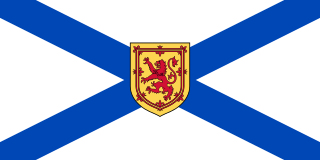
The following outline is provided as an overview of and topical guide to Nova Scotia:
Maurice Louis Zinck was a Canadian politician. He represented the electoral district of Lunenburg East in the Nova Scotia House of Assembly from 1959 to 1974. He is a member of the Nova Scotia Progressive Conservative Party.
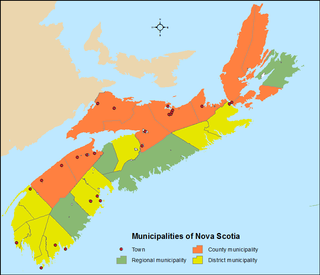
The Canadian province of Nova Scotia is divided into 49 municipalities, of which there are three types: regional (4), town (25), and county or district municipality (20).














